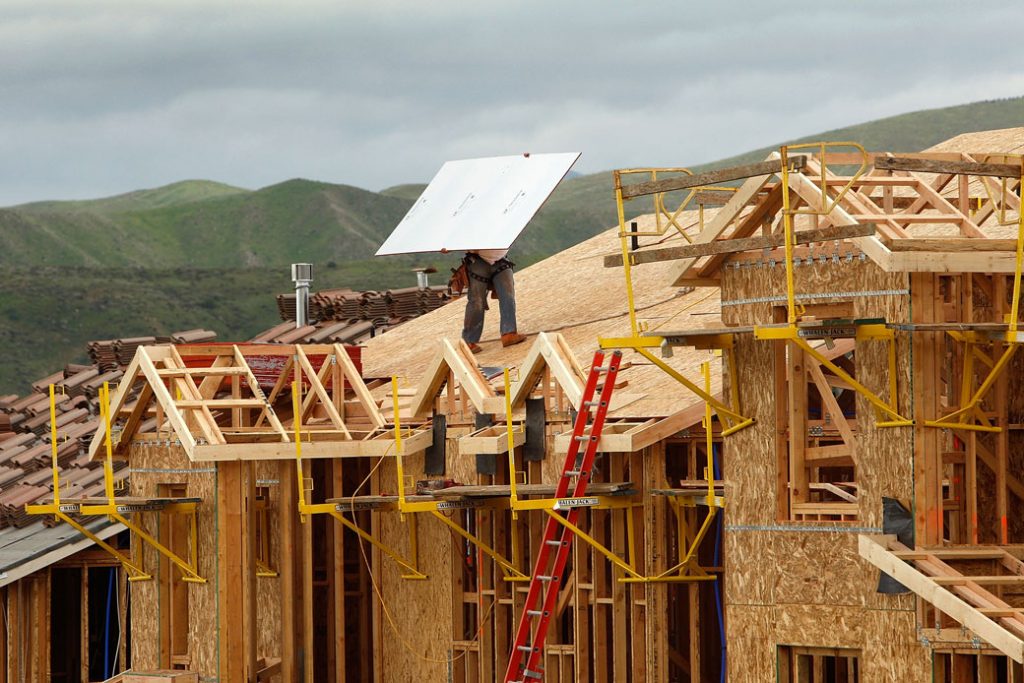A shortage of affordable rental housing across the nation and particularly in large metropolitan regions has been creating a significant financial burden for growing numbers of working families, especially those of low-income workers. And the COVID-19 pandemic and related shutdowns and layoffs have exacerbated this problem. While it is important to ensure that families can remain in their homes during the coronavirus pandemic and in the months immediately following it,1 it is equally critical that the nation prepares for an eventual economic recovery by paying particular attention to the rental market. To ensure that all workers benefit from an eventual economic recovery and economic growth, it is important to understand and address the jobs-housing challenges that low-wage workers face and advance policies that promote better access to affordable rental housing in conjunction with greater proximity and connectivity to job opportunities.
The Center for American Progress report—”Expanding the Supply of Affordable Housing for Low-Wage Workers”—examines the jobs-housing fit for low-wage workers in 15 large U.S. metropolitan areas that experienced above-average job growth from the Great Recession up until the current pandemic.2 The analysis indicates that in most metropolitan areas, a low-wage jobs-affordable housing fit that is poor characterizes many of the jurisdictions in which low-wage jobs are concentrated and where there is a shortage of affordable housing for low-wage workers employed in those jurisdictions. It is important to better connect low-wage workers with their workplace by strategically creating affordable housing near jobs and accessible transit options. In addition, addressing any poor jobs-housing fit ought to be a regional effort. In fact, in any given metropolitan area, there may be jurisdictions that perform better than others in terms of the jobs-housing fit. Usually clusters of low-wage jobs cross individual jurisdictions’ boundaries. Furthermore, peripheral areas—outlying portions of metropolitan areas—are often the only options available to low-income families, but these areas are not well connected to both central and suburban job-rich areas.
Recommendations
To increase the supply of affordable rental housing that can better connect low-wage workers with their workplace, CAP recommends a large-scale direct investment by the federal government in metropolitan land trusts (MLTs) on which equitable transit-oriented developments (eTOD) can be established—particularly in areas where the low-wage jobs-affordable housing fit is poor, in proximity to low-wage job hot spots, and where public transit connects the low-wage workforce to clusters of low-wage jobs. In addition, in the face of what most likely will be double-digit unemployment lasting through 2021,3 creating jobs by expanding affordable housing would be a smart long-term investment.
These are some of the steps that CAP recommends:
- Create a federal regulatory and funding mechanism that aligns new and existing transportation funding with affordable housing production for states that promote the establishment of MLTs in which eTODs can be developed.
- Create state mandates for inclusionary housing—that is to say, programs that tap the economic gains from rising real estate values to expand affordable rental and ownership opportunities for low- and moderate-income families.
- Prioritize the development of rental housing by MLTs and allocate larger proportions of developed units to affordable housing.
- Ensure that local governments facilitate the acquisition of developable land by MLTs.
Regional economies cannot function without lower-wage workers. Therefore, addressing housing affordability for this segment of the workforce is essential to ensure a rapid economic recovery after the COVID-19 pandemic and continued regional economic dynamism.
Michela Zonta is a senior policy analyst for Housing and Consumer Finance Policy at the Center for American Progress.
source: americanprogress




